|
Babies are intuitive eaters. They are in tune with their body’s natural ability to know when they are hungry and when they are satisfied. To support your child to stay in touch with their body cues and retain this ability into adulthood, there are a range of things you can do around family food times. A parent or caregiver’s role is to decide when, where and what food is offered to children. Adopt a flexible approach to your child’s eating, and allow them to choose what and how much to eat. Below are five areas in which you can support your child or children to develop an ongoing healthy relationship with food. Area 1: Mealtimes
Area 2: Nourishing foods
Area 3: Positive food experiences
Area 4: Body acceptance
Area 5: Role Modelling
0 Comments
Ways to avoid food waste: 1. Food Planning - Plan meals ahead of time, so you only buy the things you need. - Helps to make the most of what you already have. - Saves time and money. - To get started: try planning two to three days at a time and expand from there. 2. Shopping - Check what you already have and write a list before you go. Download The Food Connection Shopping List. - Plan meals around what food is in season – they are usually cheaper and stay fresher for longer. - Try not to shop with children or when you are hungry as this increases the likelihood of buying more. - Remember buy bulk deals and two-for-one specials are only good value if you actually end up using them. 3. Cooking - Cook to a meal plan. Download The Food Connection Meal Planning Guide. - Get creative to use up ingredients you already have. Search online for recipes that use what you have available in the cupboard or fridge. Get some inspiration from The Food Connection Recipes. - Plan to cook more for freezing – this can save food, money and time. Check out the Easy Tips for Freezing Food tips and tricks. 4. Storing - Storing food correctly helps keep it fresher for longer, which means wasting less produce and money. - Check your fridge temperature is between 1-3 degrees Celsius. - Check your freezer temperature is minus 18 degrees Celsius. - Store leftovers in well-sealed and labelled containers in the fridge or freezer. Check out the Easy Tips for Freezing Food tips and tricks. - Create a ‘use it up’ shelf in the fridge for food that needs to be eaten first. - Make sure food that needs to be eaten is easy to see in your fridge and pantry. - Share leftovers with friends or family if they cannot be frozen or safely stored for later.
5. Dealing with food waste - The best option is to avoid creating food waste in the first place. - Set up your own compost, bokashi or worm farm to process any food waste you do create. There is a suitable option for every household. Some councils even offer discounts on equipment. - Some councils collect food and garden waste. Check out your council website. - Find a compost near you. Some councils offer community composting sites or you can sign up for sharing apps like ‘ShareWaste’. 6. Limit food packaging
- Grow your own food at home. - Cook at home rather than purchasing takeaway. Take a look at our Fakeaway Friday ideas. - Eat your food at the café / restaurant, rather than taking it home in packaging. If you do take home, BYO your own containers. - Use reusable packaging rather than plastic bags, such as washed glass and plastic containers or use bees-waxed wraps. - Look for items with little or no packaging. - Learn more about reducing, reusing and recycling. This Tip Sheet was adapted from several Sustainability Victoria resources (January 2022) Sustainability Victoria | Avoid food waste at home. Cooking with your kids can be a fun and memorable experience – plus it’s an interactive way to improve counting and measuring skills while also learning to read and understand recipes.
Step 1. Choose a recipe First things first, choose something your child enjoys eating. If they like to eat it, they’re more likely to be engaged in learning how to make it and tasting the end product. Make sure it’s a simple recipe that is easy for your child to follow. Step 2. Get your ingredients Read the recipe and work out what ingredients you’ll need together. Go through your pantry and fridge, and develop a shopping list if you need to purchase some ingredients. This will help with organisation, literacy and budgeting skills. Step 3. Get your equipment Once your ingredients are ready it’s time to sort out your equipment. Read through the recipe and get out all the equipment you’ll need – from chopping boards to measuring cups and mixing bowls. Having everything ready to go builds organisation skills (and helps the whole process go smoothly!). Step 4. Set aside plenty of time Time is important when cooking with kids. It should be a relaxed and pleasant experience for both you and your child – so make sure you have plenty of time. Give your child as many tasks as possible, dependent on their age and skill level. Let them try cutting using a butter knife or take a look at the Foostshop for a great range of kid-safe knives perfect for little fingers. Step 5. Have fun Throughout all of this having FUN is the most important thing. Let them make a mess, let them touch and taste as they go. Introduce new words like mash, chop, grate and mix. Children learn by doing, and the more enjoyable the experience, the more they will want to do it again. So, what are you waiting for? Get your kids in the kitchen today and start cooking up a storm! Ditch the takeaway and instead make a delicious Friday night meal the whole family will love! Check out these five easy recipes for Fakeaway Friday inspiration.
Photo taken at Torello Farm, Dromana If you’re struggling to get your children to eat vegetables – you’re not alone. Many parents face the same problem each night at the dinner table. The following five tips may help you when encouraging your child to eat more of the good stuff.
Tip 1. Keep offering the broccoli Did you know it can take more than 15 exposures to a new food before a child will accept that food? Even then, sometimes they may not like it. Exposure doesn’t just include tasting food. It can also mean touching, smelling, cooking, cutting and even playing games with the food. Every exposure to the food counts! Try introducing new foods with other foods your children already enjoy. Or try preparing them in a different way such as mashed, roasted, grated or cut into different shapes. Tip 2. Get children involved Encourage children to try new vegetables by getting them involved in all aspects of food preparation. This could include helping with the shopping, cooking, grating or slicing food, tossing a salad, picking food from your garden or choosing between two vegetables to include in their meal. Tip 3. The parent or carer provides and the child decides Your role as a parent or carer is to provide a range of nutritious foods for your child or children to enjoy. Your child's role is to decide how much to eat. Young children are very good at regulating how much they need to eat. Some days they will eat more than others. Encourage your child to listen to their body and recognise when they have had enough. Avoid using food as a reward, try stickers or a trip to the park instead. Tip 4. Be a role model Children learn by watching others. As a parent or carer, you can be a role model by sitting down and sharing a meal with your child and eating the delicious vegetables you have prepared together. Keep mealtimes positive and enjoyable and not focused on how much or little children are eating. Tip 5. Don’t despair! Developing a positive relationship with food is a long game. Although it may appear that you are making little progress, every bit counts. Children won’t magically start eating all their vegetables overnight. What you do now will help them establish a solid foundation to enjoy and celebrate nutritious food for the rest of their lives. Written by: Anneliese Twigg, parent and nutritionist. Put some fun into your kid’s snacks by using a simple skewer! This is a great way to serve quick and easy after school snacks and can even be handy to pop into lunchboxes.
Get creative and give the following a try. Get the kids involved in creating their own and these will soon become a hit with your family. Pizza sticks:
Fruit salad stick: Use a variety of fruits and make it colourful like a rainbow!
Sandwich skewer:
Wrap skewer:
Veggie skewer: Use a variety of veggies and make it colourful like a rainbow!
Dessert stick
Handy Tip: Keep it environmentally friendly by sourcing reusable skewers that can be washed and reused each time. Creating a meal plan and shopping list for the week is a great habit to get into. It will save you time and money and will make you feel more organised around mealtimes.
Here are some tips for meal planning that we have gathered from other busy parents. Tip 1. Use The Food Connection Meal Plan Template Download The Food Connection's free Meal Plan Template, click here. It’s a great tool to help plan your meals in advance. Place your weekly meal plan on the fridge or in a handy spot in the kitchen so you and the family know what’s for dinner each night. Tip 2. Use your Meal Plan to create your Shopping List By planning your meals in advance, you can write a shopping list with the exact items you need to purchase each week. This will save you time and money. Download The Food Connection Shopping List here to help you plan your weekly shop. Live Lighter also has a fantastic guide with tips on shopping to save money and eat well. Tip 3. Create theme nights Theme nights can be fun and they really help with planning out your weekly meals. Try things like Meat Free Mondays, Taco Tuesdays and Fake Away Fridays. Check out our Fakeaway Fridays tip sheet for inspiration. Tip 4. Pre-prepare your ingredients If you know you have a busy day ahead tomorrow, you can save yourself time by chopping up veggies the night before. Tip 5. Make extra and freeze your meals Great for busy families, making double the quantity and freezing the leftovers is perfect for a quick and easy meal another night. For some good freezable recipes, check out our Lentil Spaghetti Bolognese, Leafy Green Pesto and Easy Peasy Zucchini Slice. Also, look at Easy Tips for Freezing Food for more helpful hints. Tip 6. Organise your kitchen, fridge and pantry An organised kitchen, fridge and pantry make meal preparation much easier. You’ll be able to quickly and easily see all your ingredients and cooking utensils, which help make meal prep more efficient and stress-free. By also having various kitchen staples on hand, you will have plenty of quick and easy meal options for dinner. Check out our Kitchen Staples tips for ideas of what to keep in your fridge and pantry. Having your pantry and fridge well-stocked with some key staple items allows you to have ingredients on hand to whip up quick, nutritious and tasty meals.
This is great when you’re in a hurry or you just can’t think of what to cook. By having staple items on hand, and a few go-to quick recipes – you will never have to worry about what to cook for dinner. Scroll down to check out the list of tasty and easy The Food Connection recipes you can make when you have these items in your kitchen. Pantry staples Grain products
Canned products
Oils, stocks and sauces
Herbs and spices
Flavouring
Nuts
Veggies
Fridge staples Dairy
Fruit
Vegetables
Other
With these kitchen staples in easy reach, you can make the following recipes:
Fresh local produce at Torello Farm, Dromana No one likes soggy fruit and veggies or having to waste food that’s gone off. Here are some ways you can avoid a slimy mess and keep your fruit and veggies fresh for longer. Tip 1. Avoid washing veggies before you store them in the fridge Wait until you're ready to use your veggies before giving them a wash. If vegetables get too wet, they can get attacked by bacteria and rot faster.
Tip 3. Keep some fruit in the fridge
Fruit including strawberries, blueberries, citrus and grapes should be kept in the fridge. They’ll keep longer this way. Make sure you put them in a section of the fridge where you’ll see them and eat them before they go off. Tip 4. Keep fruit that needs ripening on the bench Fruit that goes soft and sweet when it ripens is generally best kept in a bowl on the bench, at least until it is ripe. This includes stone fruit, pears, apple and kiwifruit -- and also tomatoes and avocado — yes, these last two are technically a fruit. Tropical fruit like bananas, mangoes and pineapples are sensitive to the cold temperature in the fridge, so keep them in the fruit bowl. Tip 5. Keep mushrooms in a cool dark place Mushrooms should stay in the brown paper bag you buy them in, as this helps absorb excess moisture to prevent bacteria. They have a high water content, so storing them in the fridge will keep them fresher longer, even up to a week. Tip 6. Keep potatoes, onion and garlic in the cupboard Potatoes, onions and garlic should be kept out of the fridge as humidity will make them sprout. Keep these in a cupboard with good ventilation to keep them dry. Tip 7. Buy local produce Buying locally grown fruit and veggies in season — for example, from a farmer’s market — can be a great way to get fresher food that lasts longer. There’s no need to be stuck for snack ideas when the kids get home from school. We know it can be a hectic time of day, so we’ve put together some quick and healthy snack ideas for hungry tummies after a busy day at kinder or school. Prepare these before the kids get home from school to save time.
|
The Food ConnectionTips and Tricks have been prepared by nutritionists, dieticians, health professionals and parents from Frankston and the Mornington Peninsula. Tips & Tricks
Cooking with Kids After School Snack Ideas Easy Tips for Freezing Food Fakeaway Fridays Keeping Fruit and Veggies Longer Kitchen Staples Meal Planning Tips Snacks on a Stick Top five tips for encouraging children to enjoy more vegetables How to Reduce Food Waste Supporting a Healthy Relationship With Food |
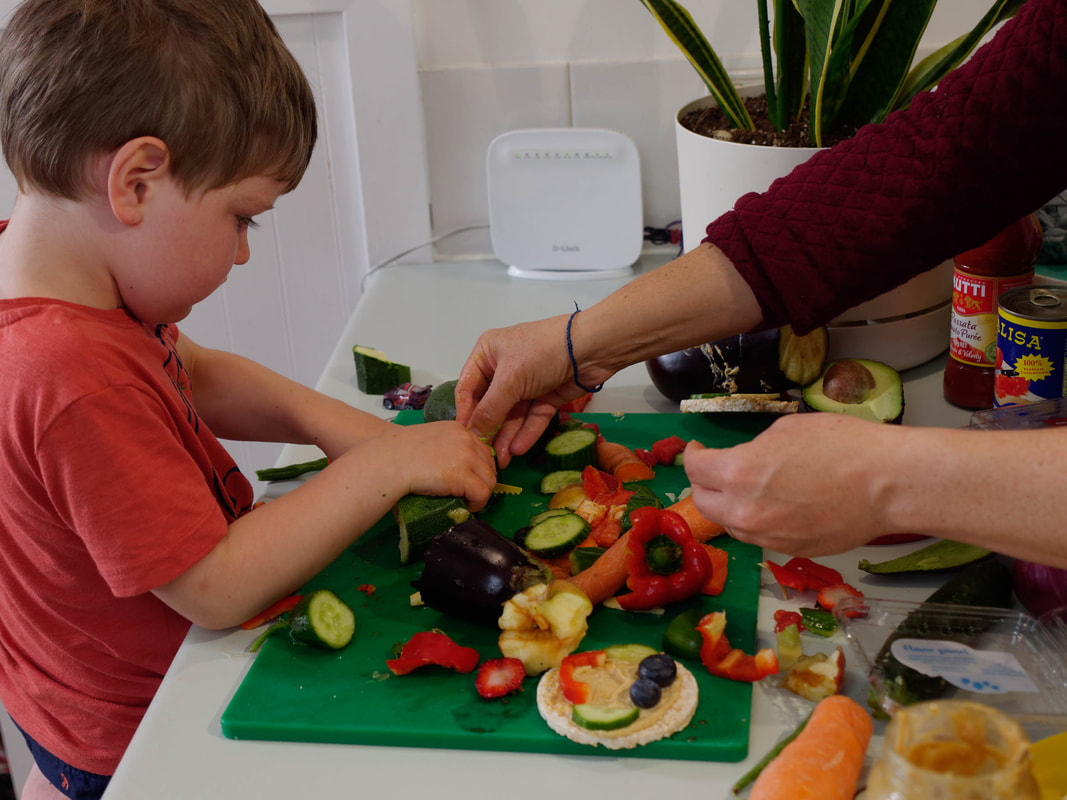



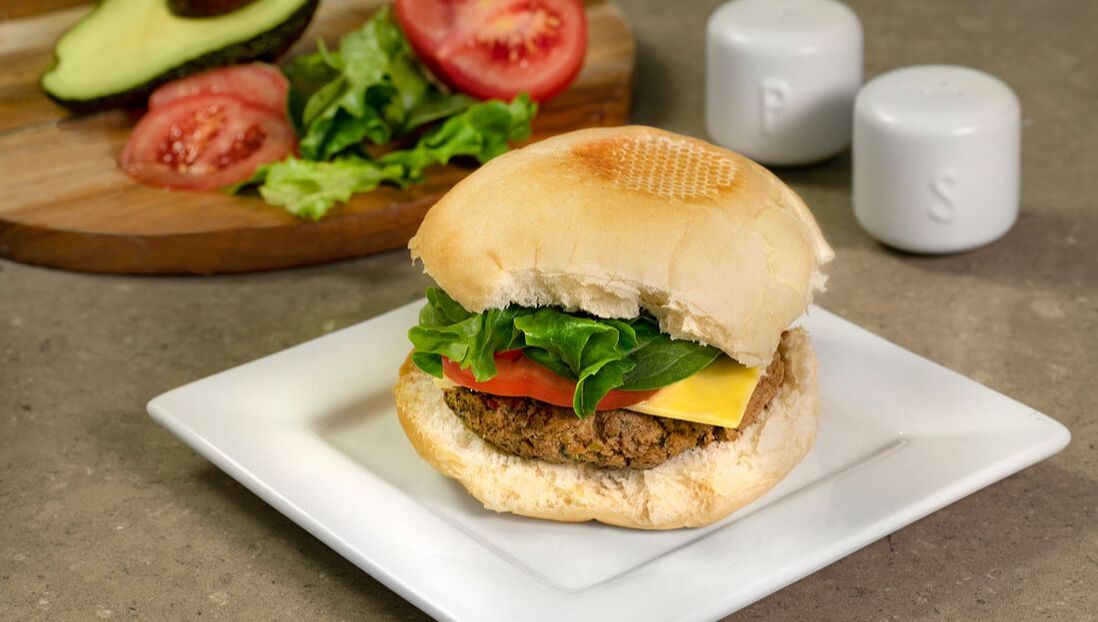
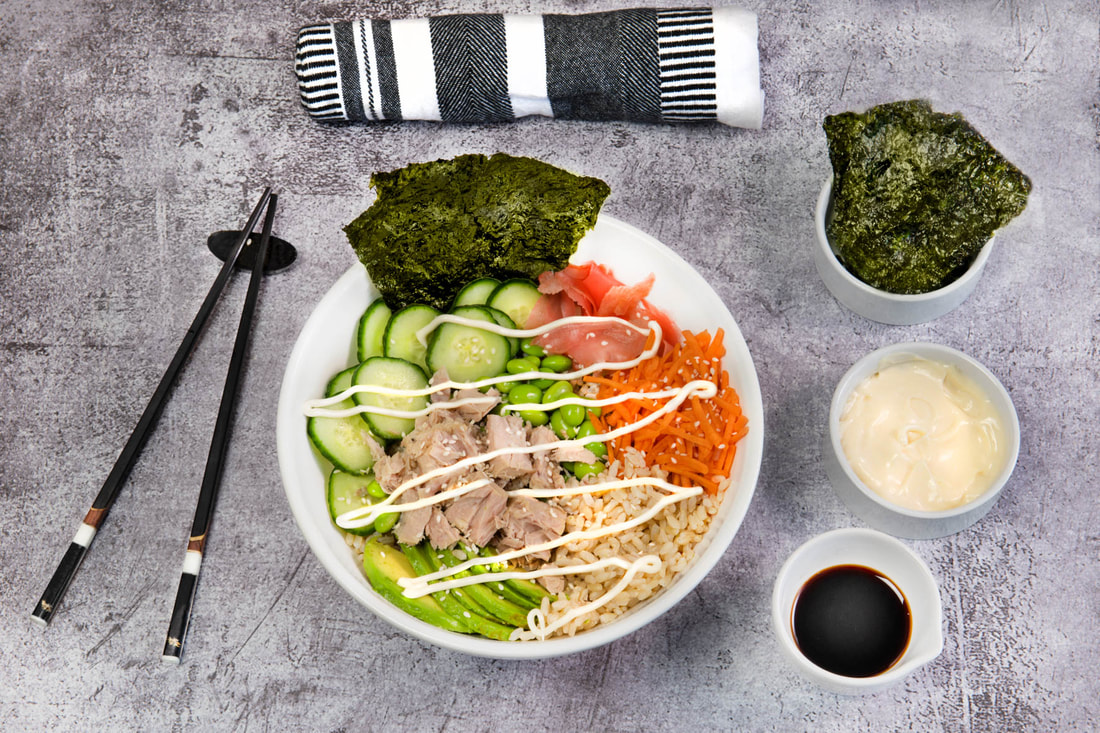

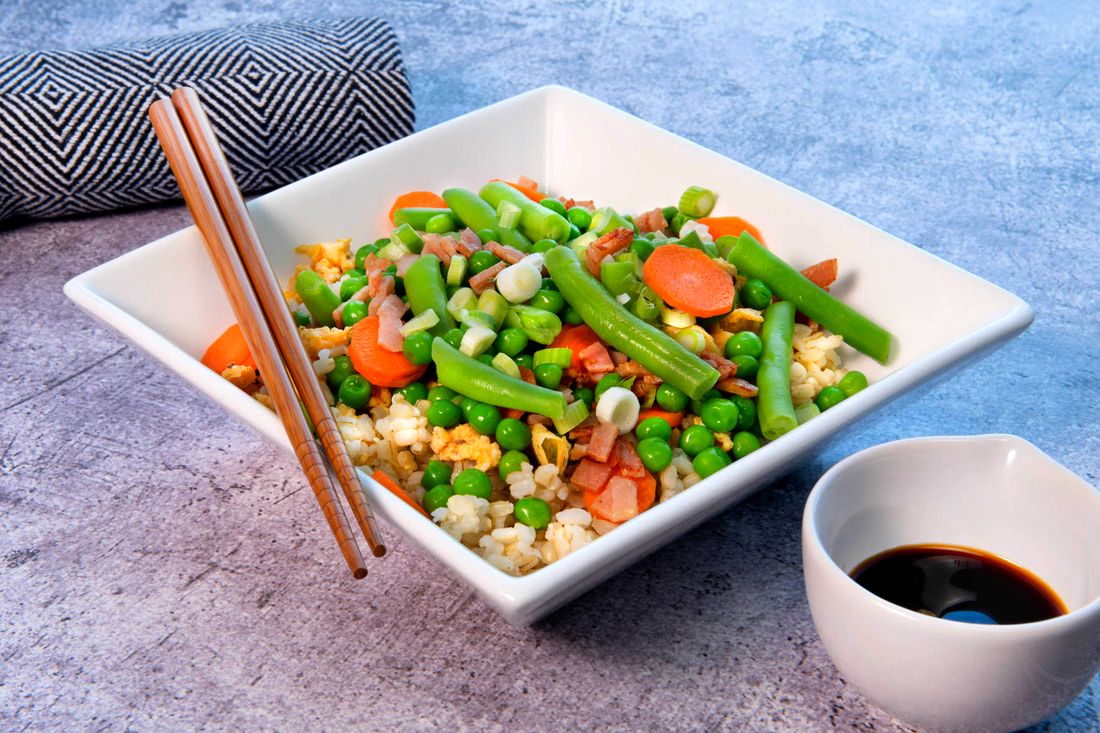



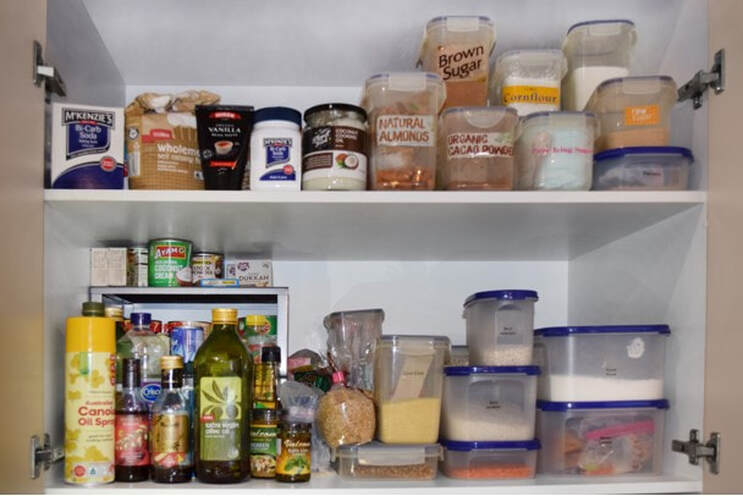






 RSS Feed
RSS Feed
